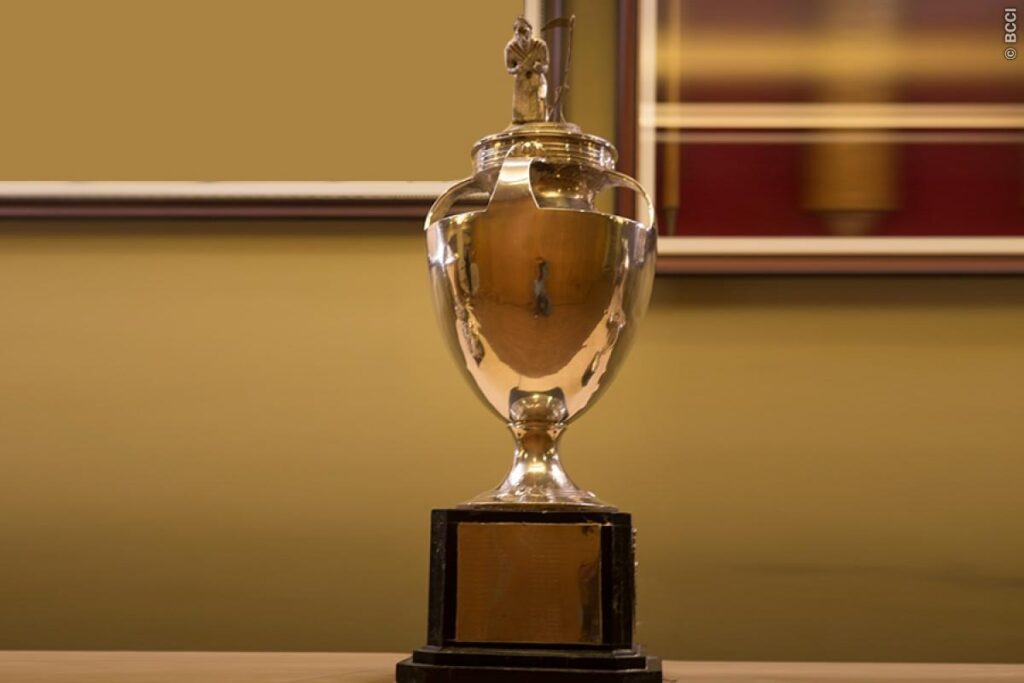
This is well-organised and systematic cricket in all seriousness, and watched by the players, organisers, crows and pigeons. At some grounds, other birds like black kites and wagtails are in attendance. The cricket is no nonsense. From the starting bell and third umpire to light metre at the end of the day, the atmosphere and discipline resemble international cricket.
A cricket-crazy populace may not follow it, but the 89-year-old Ranji Trophy has stood the test of time and remained relevant. Amidst other investments, the Board of Control for Cricket in India (BCCI) has pumped resources into this non-profit venture to keep it going and make it better.
It is the perhaps the country’s biggest domestic sports competition across disciplines, featuring 38 teams and 135 matches across the Elite and Plate divisions. Played over three months at numerous venues, it tests the mettle of the players and organisers alike. Performing in this makes a player, staging it properly takes logistical management of excellent order.
Despite remaining the first platform to Test cricket, Ranji Trophy was losing importance in the post-IPL years. At times, players got selected for India after drawing attention in the carnival instead of the domestic grind, which also has one-day and T20 competitions. What’s the point in toiling when IPL provides an easier and rewarding gateway to international cricket?
By officially declaring that domestic cricket including Ranji Trophy is priority and playing those is the first criteria for India selection, the BCCI has provided a timely boost. These tournaments were taken seriously by the players. They knew that performance away from the spotlight still had some value. The BCCI’s recent actions reinforce that belief.
“I have seen players with handy IPL contracts treat domestic games like friendly fixtures,” Bengal batter Anustup Majumdar told RevSportz. “Not all, but a few of them. It’s good to see the BCCI address the issue. There have been instances when players have skipped games on the pretext of fitness problems when they were fit. The steps taken by BCCI will encourage those players who toil day in and day out.”
Majumdar is nearing 40 and has spent 20 seasons in first-class cricket. A prolific run-maker under pressure in recent years, he had short India A and IPL stints about a decade ago.
“Sarfaraz Khan is a great example,” said Majumdar. “Yashasvi Jaiswal also excelled in domestic cricket before playing for India. Most players take Ranji Trophy seriously. Look at Jalaj Saxena and the players who retired this season — Manoj Tiwary, Saurabh Tiwari, Faiz Fazal, Varun Aaron, Dhawal Kulkarni. They all set examples.”
Domestic cricket provides income and it has been structured in recent times. There are three categories according to the number of matches played — Rs 40K, 50K and 60K per day. If someone plays most of the group stages of the three competitions in each format, it comes roughly to Rs 30-35 lakh a year.
India is the only country where all domestic matches, junior and senior, have third umpires. The quality is not international standard, but workable. Umpires, match referees, scorers and video analysts are paid by BCCI and their last raise wasn’t too long ago. It’s an ecosystem boosted by the BCCI’s income from telecast rights of IPL and other matches.
“It’s great to see that commitment to represent the country in the largest format and emphasis to keep oneself match ready by playing domestic cricket is being prioritised through the BCCI annual contracts,” posted VVS Laxman on X. In 1999-2000, Laxman made eight centuries in Ranji Trophy to reclaim his Test place. He then never lost it.